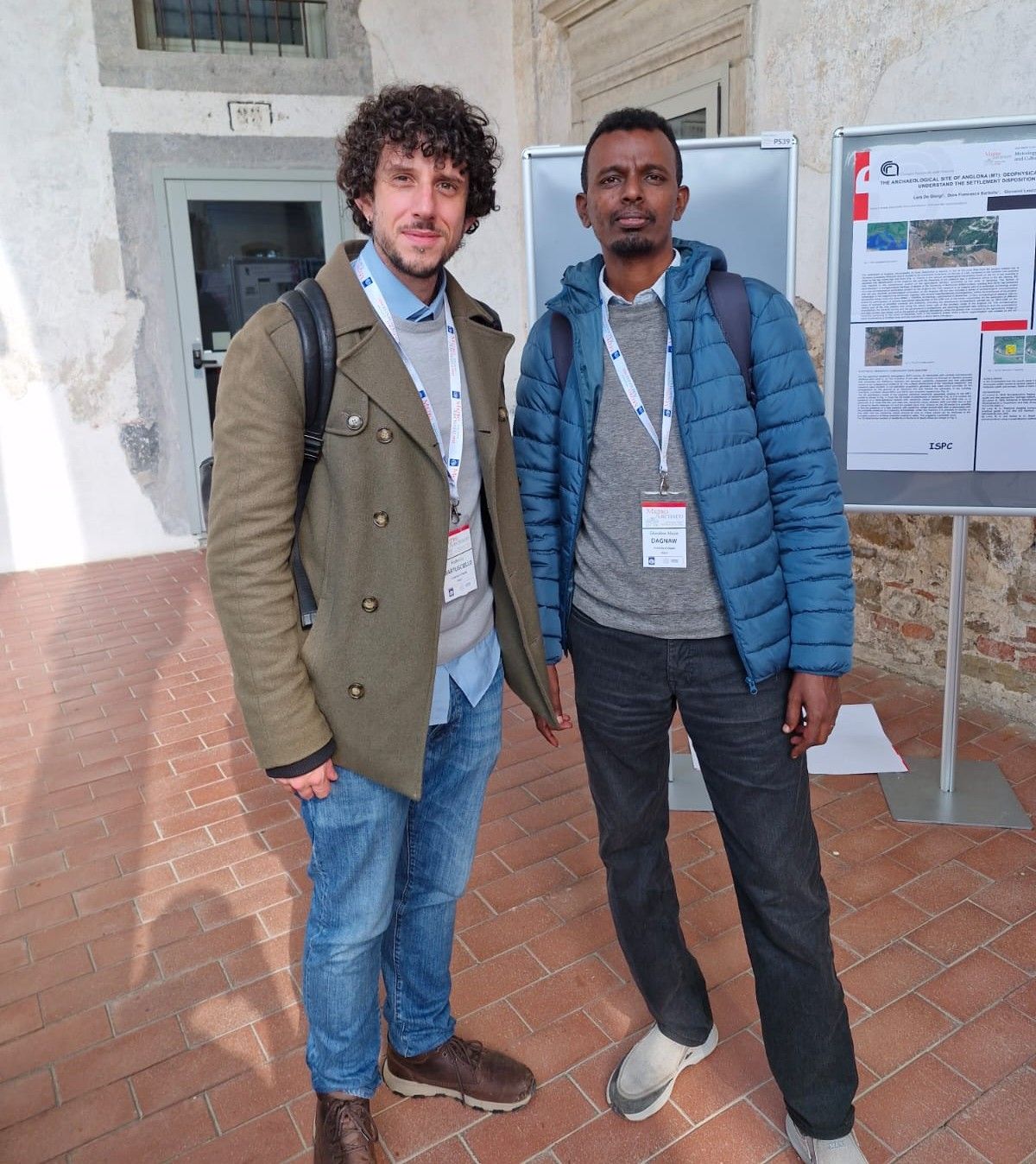
Framelab at MetroArcheo2025
- Post by: admin
- November 20, 2025
- No Comment
Last week at the 𝗜𝗻𝘁𝗲𝗿𝗻𝗮𝘁𝗶𝗼𝗻𝗮𝗹 𝗖𝗼𝗻𝗳𝗲𝗿𝗲𝗻𝗰𝗲 𝗼𝗻 𝗠𝗲𝘁𝗿𝗼𝗹𝗼𝗴𝘆 𝗳𝗼𝗿 𝗔𝗿𝗰𝗵𝗲𝗼𝗹𝗼𝗴𝘆 𝗮𝗻𝗱 𝗖𝘂𝗹𝘁𝘂𝗿𝗮𝗹 𝗛𝗲𝗿𝗶𝘁𝗮𝗴𝗲, our PhD students presented their works on software engineering for cultural heritage.
Gizealew Alazie Dagnaw presented “Federated Digital Twins and XR for Cultural Heritage: A Collaborative Framework”, exploring how extended reality and interconnected digital replicas can enhance collaboration and cultural storytelling.
Federico Martusciello presented “Gamified AR and Supervised AI for Cultural Heritage: The Amiternum Site Experience”, demonstrating how immersive technologies and artificial intelligence can engage audiences and bring ancient sites to life.
Together, these works beautifully bridge the gap between software engineering, immersive technologies, and cultural heritage, showing how innovation can preserve the past while inspiring the future
The conference proceedings are available at https://lnkd.in/eCZ4WqPC
